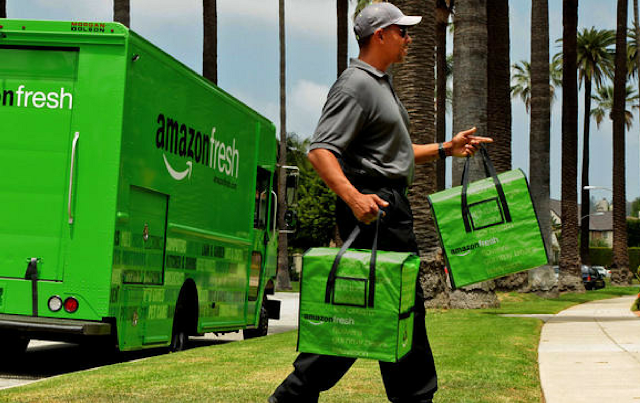
POSTED ON OCTOBER 17, 2018 BY
BETSY ROSSO
NAIOP COMMERCIAL REAL ESTATE DEVELOPMENT ASSOCIATION
As health care systems consolidate and consumers expect easier access
to medical care, empty storefronts and abandoned shopping malls are
increasingly transforming into health care hubs.
CVS now operates more than 1,100 MinuteClinics within its pharmacies as
well as some Target stores, and recently bought the insurance company Aetna,
further shifting its role from simply a drugstore to a health care provider.
According to Eric Johnson, national director of Transwestern, who spoke at
CRE.Converge 2018 in Washington, D.C., 20 percent growth in these “quick
clinics” is expected over the next five years.
With the recent announcement of Sears filing for bankruptcy,
significant square footage will be available to be retrofitted for medical use.
Empty retail space can be and is often be used for “urgent care, freestanding
emergency departments, wellness centers, primary care clinics, pediatric
clinics, women’s clinics, dermatology, eye care, and plastic surgery,” Johnson
explained. “Larger stores can house multispecialty clinics, or combine with
pharmacy, imaging and ancillary services to provide more convenience to the
consumer.” Some sites are even offering outpatient surgery rather than just
diagnostic services or considering micro hospitals.
Some medical facilities have long been anchored in retail space, such
as dialysis, post-acute rehabilitation and behavioral health services. These
services typically serve uninsured patients.
One model of the transformation of retail to medical is Duke Health’s
creation of an outpatient health center in a former 180,000-square-foot Macy’s
in Durham, North Carolina’s 900,000-square-foot Northgate Mall. “The site had
an excellent location and visibility,” explained Tony Ruggeri, co-managing
director of ATR & Associates, Inc. What was once a department store now
houses internal medicine, primary care, urgent care, women’s care, pediatric
care, outpatient surgery, orthopedics and cardiac care.
In Houston, bookseller Barnes & Noble closed three stores, and the
Kelsey-Seybold Clinic took the opportunity to consolidate 10 different
physician groups that were scattered across the city, adding pharmacy and
imaging, into one 20,000-square-foot block of retail space.
The primary case study of the session was the build-out of a new Vanderbilt
Health campus in what was an unsightly mall in Nashville, Tennessee, that
residents remembered fondly but now avoided visiting. “When we took on the 100
Oaks Mall project, everyone said, ‘What were they thinking?’ recalled Ruggeri.
“It was an enormous site – the mall ran 2,000 linear feet, from JC Penney to
what used to be a Woolco.” The 18,400 square feet included two levels of retail
with some three-level areas and an adjacent five-story office tower, set on 56
acres.
“It was a great location,” Ruggeri explained, “visible to 135,000 cars
daily on I-65. It’s right across the interstate from the highest-income part of
Nashville. And it had ground-level retailers with strong sales. It was the
second and third levels and the office space that was dying.” There was also a
shortage of restaurants nearby and serious problems with the traffic patterns
going in and out of the mall area.
When Vanderbilt University Medical Center expressed interest in using
the former mall space as medical suites, the developer had to take an
environment no one even wanted to shop in and make it a modern and attractive
health care center. Where stores used to be there were clinics, with a central
waiting area in the open area in the middle. The buildout took less than two years,
whereas constructing a medical facility from scratch typically takes five to
seven. Rebranding the site simply meant dropping “mall” from the name and
calling it Vanderbilt Health’s 100 Oaks campus. Soon, patients and doctors
alike were choosing 100 Oaks over the main campus because of convenience.
Vanderbilt reached its projected 2013 patient count at the new site by December
2011. The retailers that remain on the property are thriving, as are the four
restaurants that were built on the grounds.
While licensing, zoning and other specific requirements must be met to
enable a medical facility to be built in what was formerly a retail space, the
benefits and opportunities of expanding high-quality health care more broadly
into communities seem to far outweigh the potential obstacles.









